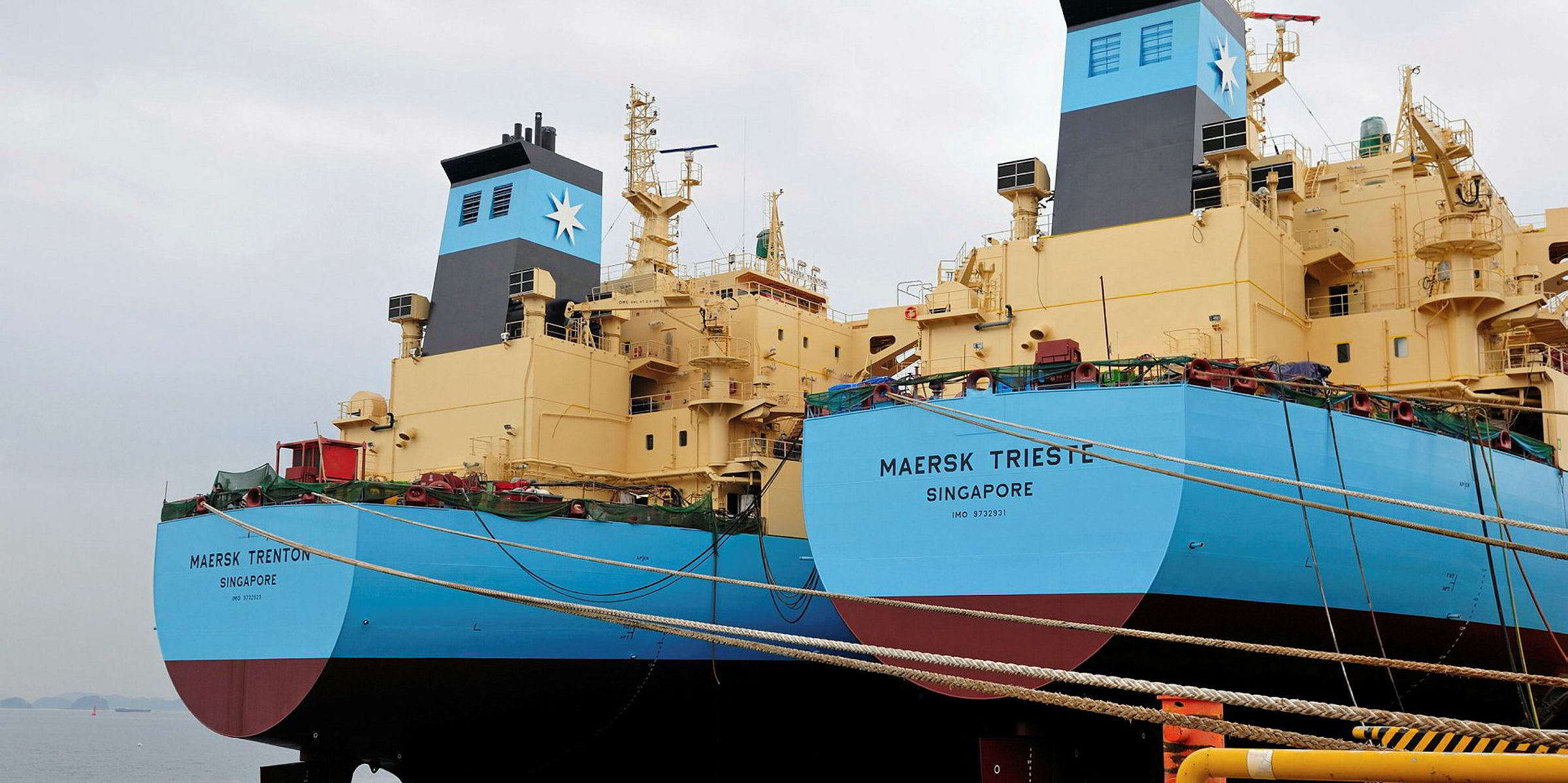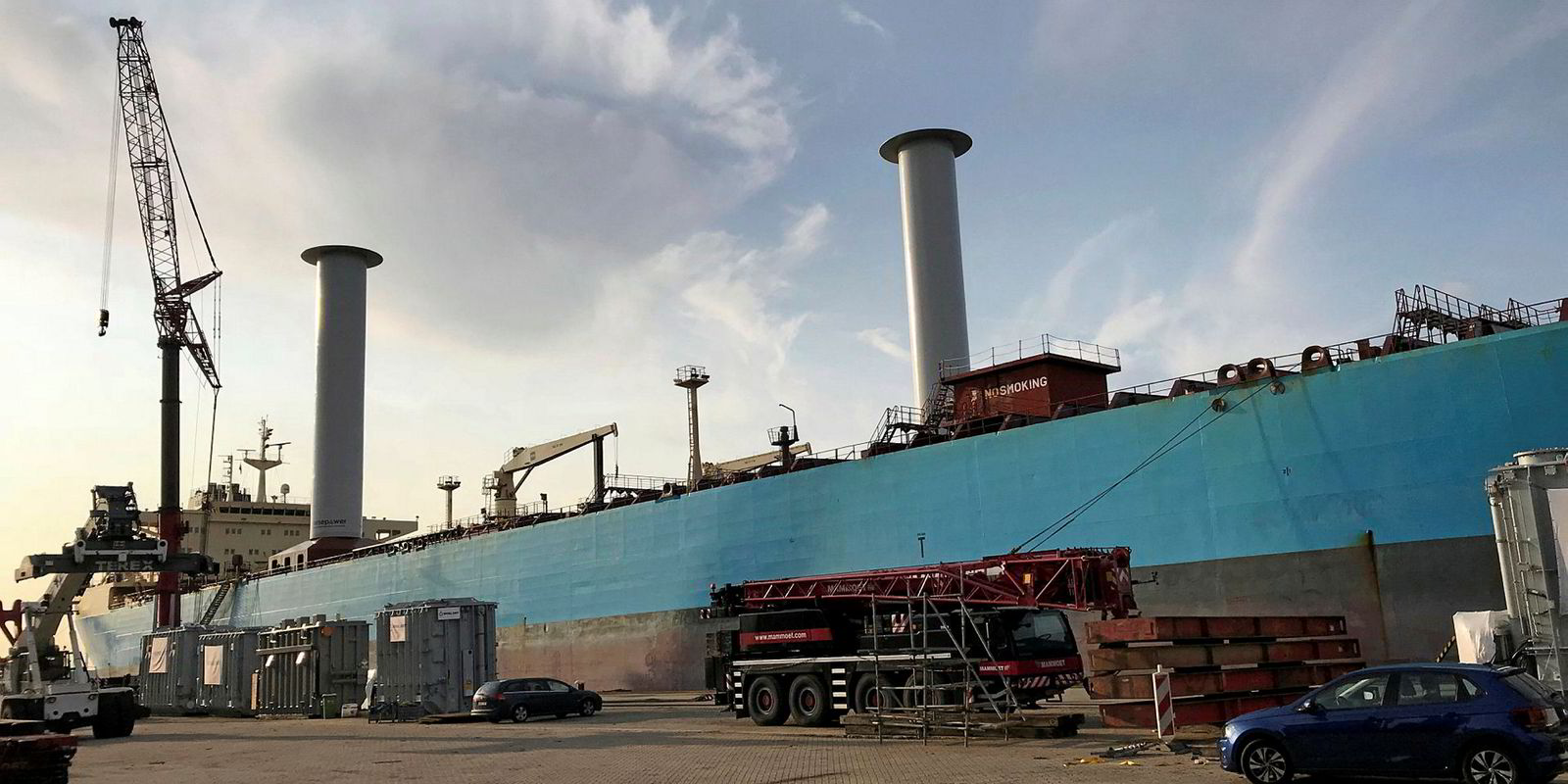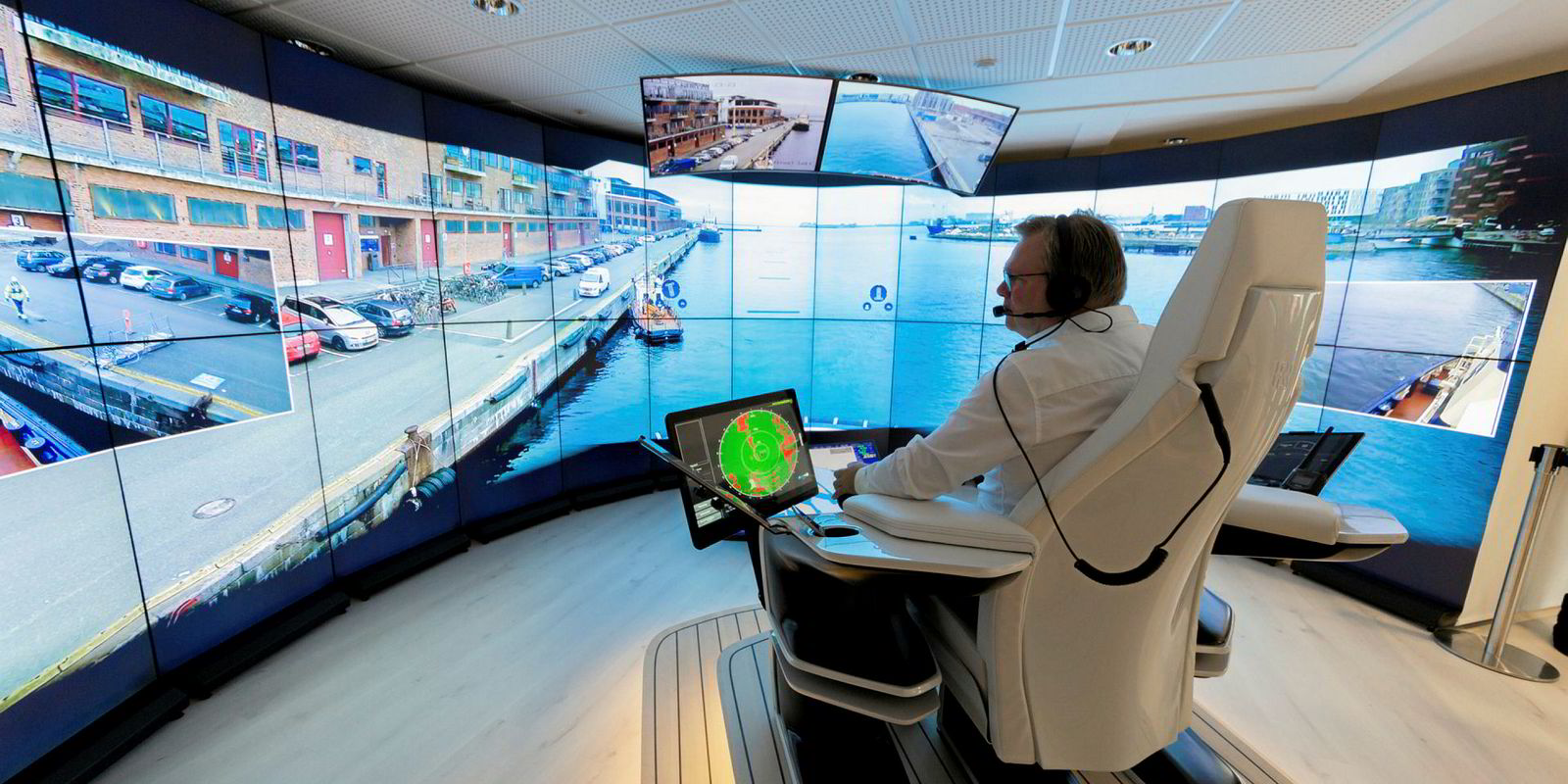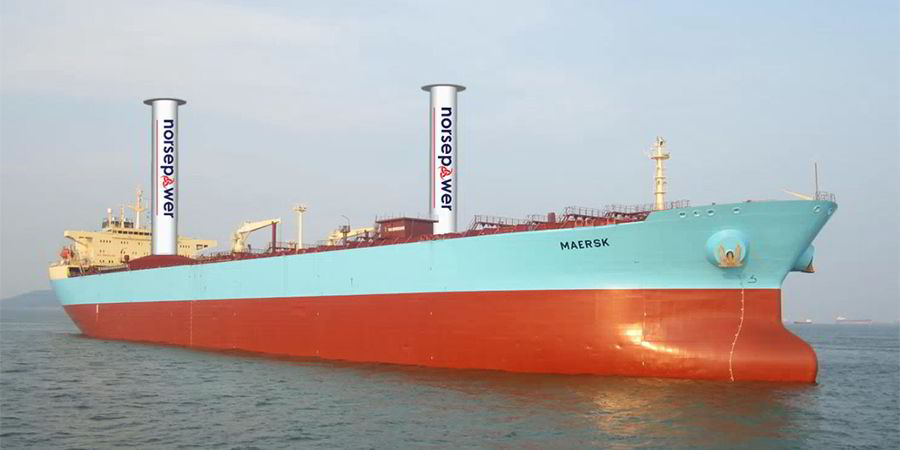Maersk Tankers chief technical officer Tommy Thomassen was faced with some questions when he first suggested the company explore the use of wind to assist in the propulsion of ships to reduce its fuel bill.
However - with a rotor test now underway on the 109,647-dwt Maersk Pelican (built 2008) - he believes a solution can have been found not just to help handle new sulphur emissions regulations but future caps on carbon dioxide output as well.
Speaking to TradeWinds after spending time outboard the ship in Rotterdam yesterday, Thomassen explained there was some skepticism in the industry when the company first began looking at the technology back in 2010.
“Partly, I’m not sure people easily understand how this technology works and partly there can be a natural skepticism against new technology in any marine industry,” he said.
Now after the presence of external partners in Shell, The Energy Technologies Institute and Norsepower, Thomassen believes something solid has been developed.
“We kept on pounding on this one and the more we pounded the more interesting it looked,” he said.
“All commercial ships back in time used to sail on wind power. Back then there was nothing special about it - that was how it was.
“I’m really excited about it and I think it has the potential to change our thinking on how we propel ships.”
The Maersk Pelican is set to leave port in the coming days and the trial is expected to last for at least eight months. If successful, further ships across the company’s fleet could see the rotors installed.
“The technology is mainly applicable on ships that do not sail too fast,” he said. “The trick is if you sail too fast you sail up the wind and you don’t gain anything.
"Max 13 or 14 knots, which is perfect for tanker vessels or bulk carriers, even crude carriers if you want.”
Thomassen says the greatest benefits will be derived by larger vessels on longer voyages, which explains why the first test is on an LR2.
“Once proven and we have a commercially viable product we can consider adding to smaller ship types, such as MR vessels,” he said.
Given the rotor technology should be more attractive commercially with a higher fuel price, it should go some way to helping Maersk Tanker tackle some of the impact on new sulphur rules in 2020.
Thomassen says the company is also following the development of scrubber technology and has seen the development of “some quite interesting fuel types”.
However, he says it’s hard to make a business case for retrofitting ships for LNG and LPG fuel and they do not solve the carbon emissions which are an issue beyond 2020. “Whereas this type of technology will help us reduce the carbon emissions,” Thomassen said.
“We are in dialogue with a lot of our partners on what their take is on the best way of making sure that the whole industry complies with the new regulations coming up,” he said.








